Phase change materials as thermal mass
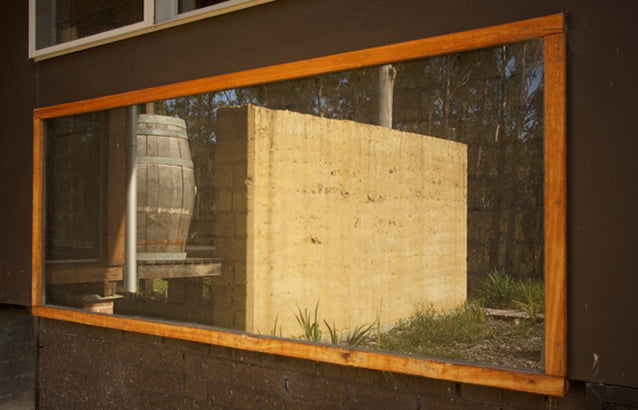
Our regular columnist, Dick Clarke, looks at the latest in thermal building products – phase change materials.
Phase change materials (PCMs) seem to be the stuff of science fiction, offering extraordinary thermal performance benefits that are beyond those achieved by many materials. The physics of PCMs is quite straightforward, however their application in building design is not always quite so simple. They were first researched for building purposes in 1948, yet only recently have they started appearing in innovative housing.
What are PCMs?
When a material changes phase, or state, for example from a solid to a liquid or from a liquid to gas, it absorbs or releases energy. The point at which it changes state is called the phase change point. Water is a common PCM. When it changes from ice to water and then to vapour, it absorbs large peaks of energy at each phase change point. This is why sweat cools us so effectively: as the droplets of moisture on our skin evaporate, they take heat energy with them and leave the skin cooler.
How do PCMs work?
PCMs can assist passive cooling in hot weather and passive solar heating in cold weather. As a PCM absorbs the day’s heat, the material melts, absorbing a large amount of heat in the process. Then, when the temperature drops below the phase change point, the material becomes solid and releases the heat it previously absorbed. This heat can be transferred to a living space either by direct radiation or convection, or a mix of both, depending on how and where the PCM is installed.
In cold weather the PCM must be exposed to a heat source, preferably the sun, to absorb its heat energy. In hot weather a PCM absorbs large amounts of energy as it changes state from a solid to a liquid, cooling the environment around it. To help cool effectively in summer, the unwanted heat stored by the material must be vented outside later in the day or evening.
The essential difference between PCMs and more traditional thermal mass is one of degree: while masonry absorbs and releases heat slowly, PCMs absorb and release heat quickly. This makes them tremendously useful in buildings where traditional passive design techniques cannot be easily applied, such as lightweight construction. Having said this, a PCM will only be useful if it is appropriately designed into any building. Like all the best sustainability solutions, many PCMs are also long-lasting, with no loss of performance over time.
You might also like
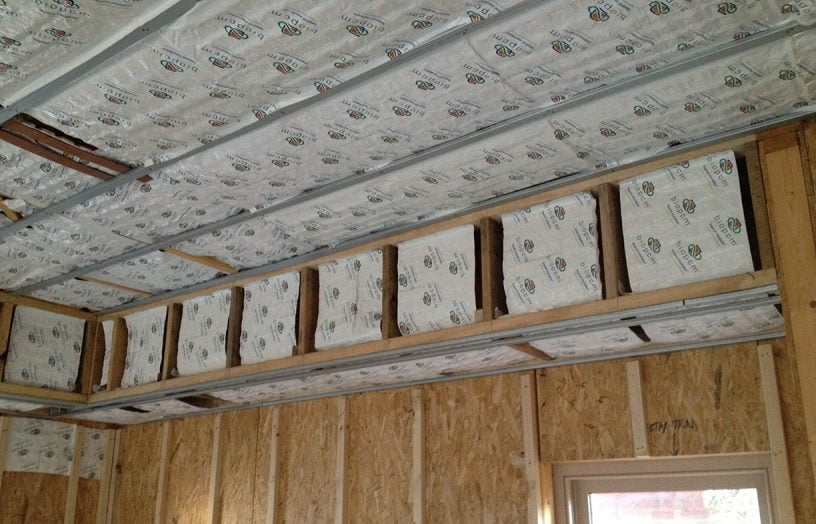 Building materials
Building materials
Changing phase: Are PCMs living up to their promise?
Richard Keech considers why you might choose to use phase change materials (PCMs)
Read more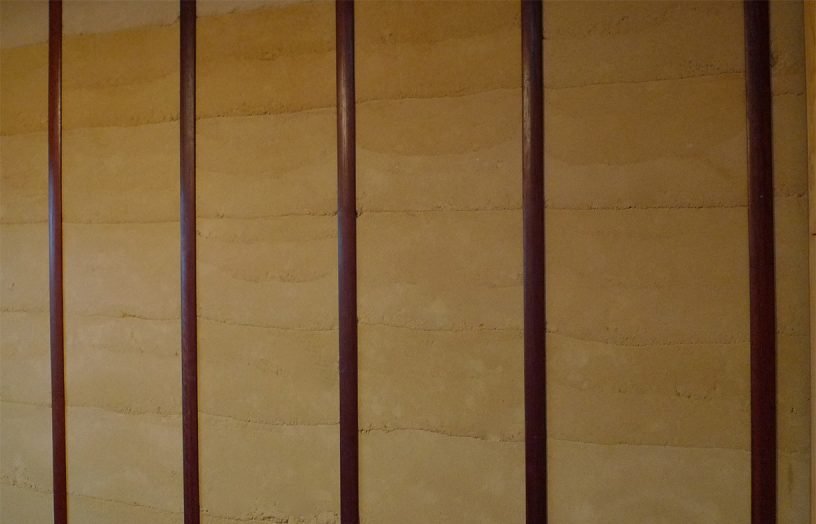 Building materials
Building materials
Retrofitting thermal mass
Retrofitting thermal mass to timberframed buildings is possible and can make your home that much more comfortable and thermally efficient. Dick Clarke looks at how it’s done.
Read more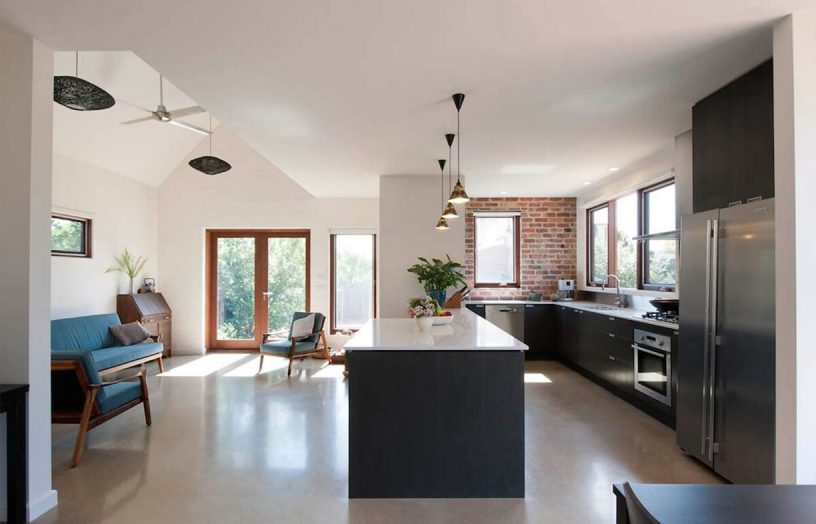 Thermal mass
Thermal mass
Mass effect:
The messy realities of mass
Mass in buildings can help moderate internal temperatures, but it can also be tricky to control its effects. Alan Pears examines when and where thermal mass works well – and when it doesn't.
Read more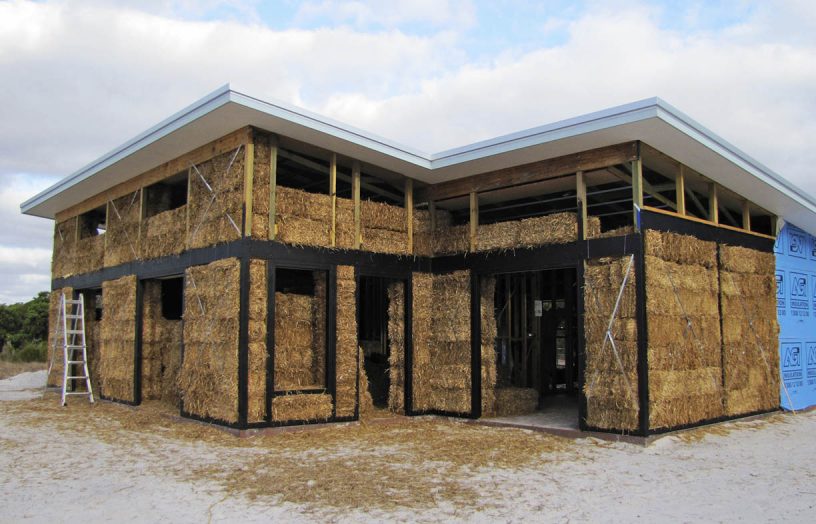 Building materials
Building materials
Bricks, blocks and panels: What’s in a wall?
There are many different approaches used for building the walls of a home, but which one is ideal for your build? Lance Turner takes us on a quick tour of the different systems, materials and their sustainability credentials.
Read more

